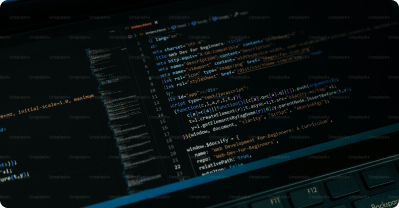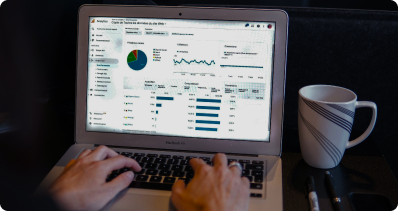Navigate
Data Analytics Tutorial for Beginners
Data Science Tutorial for Beginners
Statistics Tutorial for Beginners
Power BI Tutorial
Excel Tutorial for Beginners
Tableau Tutorial
Statistics Tutorial for Beginners
What is Statistics?
Statistics is a branch of mathematics that deals with collecting, analyzing, interpreting, presenting, and organizing data. It helps in making informed decisions by providing a way to understand and quantify variability in data.
Types of Statistics
Descriptive Statistics: Summarizes and describes the main features of a dataset. This includes measures like mean, median, mode, and standard deviation.
Inferential Statistics: Makes predictions or inferences about a population based on a sample of data. This includes techniques like hypothesis testing, confidence intervals, and regression analysis.
Importance of Statistics
Decision Making: Helps in making data-driven decisions in various fields such as business, healthcare, and social sciences.
Understanding Trends: Identifies trends and patterns in data.
Predicting Outcomes: Assists in forecasting future events based on historical data.
Improving Processes: Enhances efficiency and effectiveness by identifying areas of improvement.
Example
A company uses statistics to analyze customer satisfaction survey data to improve its products and services. By understanding the average satisfaction score (mean) and the distribution of scores (standard deviation), the company can make targeted improvements.
Activity
Think of a scenario where statistics could be applied. Write down how statistics could help solve a problem or improve a process in that scenario. For example, how would you use statistics to determine the most popular product in a store?
Quiz
1. What is the primary purpose of statistics?
- a) To create art
- b) To collect, analyze, interpret, and present data
- c) To design websites
- d) To play games
2. True or False: Statistics can be applied in various fields such as business, healthcare, and social sciences.
- a) True
- b) False
3. What is a population in statistics?
- a) A subset of data
- b) The entire group of individuals or items of interest
- c) A random sample
- d) A numerical value
4. Which of the following is NOT a measure of central tendency?
- a) Mean
- b) Median
- c) Mode
- d) Range
5. What is a sample in statistics?
- a) The entire group of individuals or items of interest
- b) A numerical value
- c) A subset of the population
- d) A type of graph
Unlock Expert Career Advice For Free





